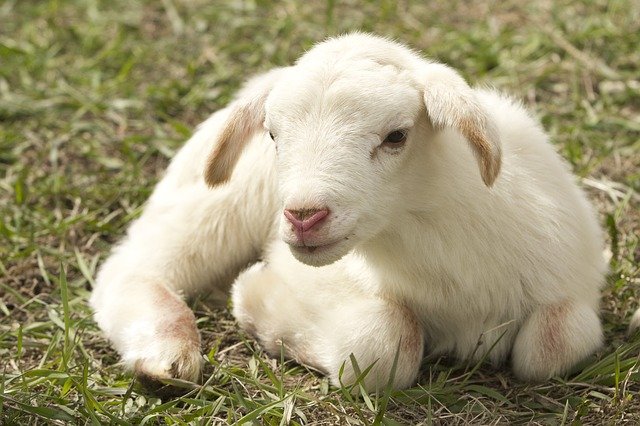
1. Invest In A Guardian Animal
Guardian animals – typically donkeys, dogs, llamas – serve a purpose beyond protecting your livestock. They help relieve stress that your heard might experience. Diminished stress leads to weight gain. As such, gain two-fold: protecting your animals and padding your pocket. The right guardian animal for your herd depends on your livestock, your farm’s layout, and the predators you encounter.
You could also opt for non-guardian animals that can help protect your livestock indirectly. For instance, barn cats help to diminish the rodent population, which, in turn, helps protect your eggs that rodents might devour. Roosters will help alert you of any danger in your chicken coop. For the best experience, research all the various guardian animals and choose the best animal for your needs and specific circumstances.
If you plan to use a guardian animal to protect your livestock, introduce them while they’re young and raise them with the livestock. Most farmers use guard dogs to protect their farm animals; dogs follow the sleeping schedule of the main house. Donkeys and llamas will live with your livestock full-time. Additionally, donkeys and llamas have keen senses and tend to be aggressive towards intruders, qualities that make them excellent guardians against predators.
However, you should not keep guard dogs and guard donkeys. Donkeys have an enduring dislike for animals in the dog family, making them aggressive against wolves and coyotes.
2. Set Up A Buddy System
Farmers rearing different grazing animals, such as cows and goats, should let them graze together. The enormous size of the cow serves as a deterrent to predators that target goats. Naturally, herd animals love bunching together. This forms a defence mechanism for both the cows and goats against predators that prefer moving targets over prey that stands their ground.
3. Invest In Effective Fencing Solutions
It is challenging trying to keep livestock inside predator-proof fencing. Many predators such as coyotes are small and agile enough to squeeze through small gaps or scale fences. Birds of prey will attack from above.
That being said, some alternatives can still help protect your livestock. For instance, a mesh wire electric fencing is a good alternative and requires little maintenance. It also offers a better barrier than multi- and single-strand electric fencing. Living fences are also a good choice. They provide a solid barrier with an excellent barrier against predators, and they provide wind-breaking and soil erosion protection. Palisade fencing is an effective type of fence you may want to consider.’
To protect your chicken from birds of prey, lay a web of fishing lines over the top of the coop. Hanging reflectors (for example, old CDs) also helps. Finally, installing a motion-activated siren and security lights around the edges of the property will scare ground predators
4. Change Up Your Agricultural Practices
You can also make changes to your agribusiness to protect your livestock.
Moving your livestock to a new grazing area or changing grazing schedule can also throw predators off, improving their safety. Learn the predator’s patterns to understand better how to move your livestock. For instance, coyotes tend to attack livestock more often in spring and summer when they need more food to feed their pups. Additionally, try and time the birth of new livestock when predators are not raising newborns.
Comments are closed